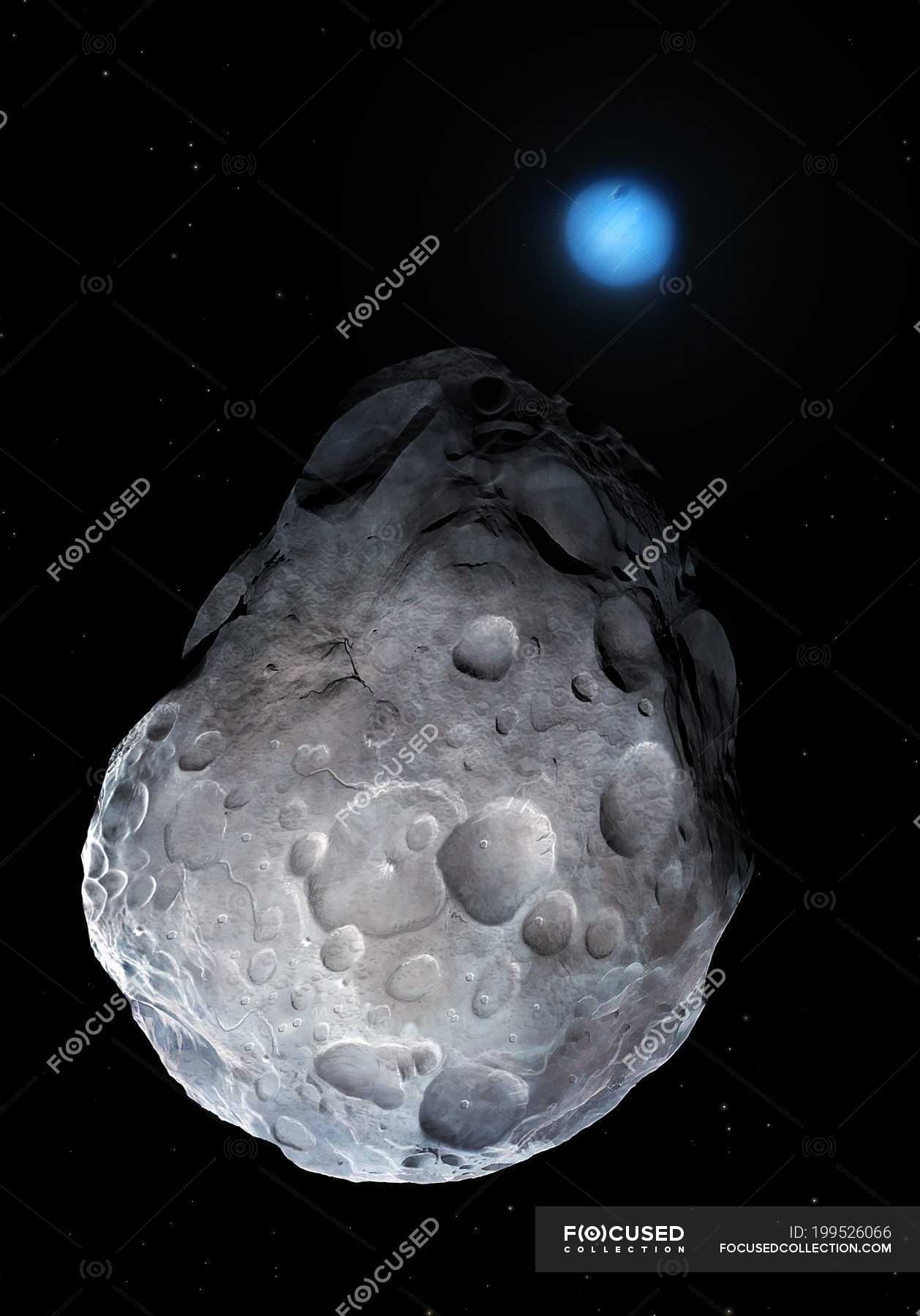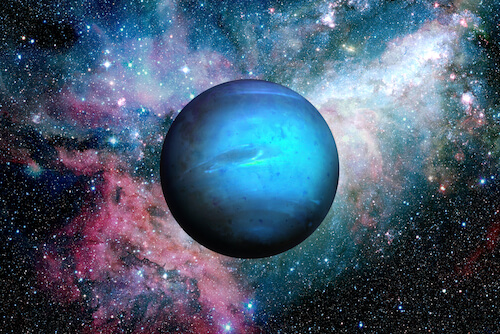- Neptune's moons perform a strange orbit dance around each other 'We need to develop an orbiter for each of those planets,' said Suzanne Dodd, Voyager project manager. 'At Uranus, the five major.
- Orbit and Rotation of Neptune The average distance between the Sun and Neptune is 4.55 billion km, and Neptune completes its orbit every 164.79 years; a year on Neptune is 164.79 Earth years. Despite this fact, it never appears in the same position in our sky because the Earth would have rotated in a different location during its 365.25 day orbit.
At aphelion (the point in Neptune's orbit farthest from the sun) Neptune is 4,546,000,000 km from the sun, at perihelion (the point in Neptune's orbit closest from the sun) Neptune is 4,456,000,000 km from the sun. Neptune's rotational axis is tilted 30 degrees to the plane of its orbit around the Sun (this is few degrees more than the Earth).
IntroductionWe don't know with what beverage William Lassell may have celebrated his discovery of Neptune's moon, Triton, but beer made it possible.
Lassell was one of 19th century England's grand amateur astronomers, using the fortune he made in the brewery business to finance his telescopes. He spotted Triton on Oct. 10, 1846 -- just 17 days after a Berlin observatory discovered Neptune. Scientists using powerful telescopes and spacecraft have since discovered a total of 14 moons orbiting the distant world.
Curiously, a week before he found the satellite, Lassell thought he saw a ring around the planet. That turned out to be a distortion caused by his telescope. But when NASA's Voyager 2 visited Neptune in 1989, it revealed that the gas giant does have rings, though they're far too faint for Lassell to have seen them.
Overview
Overview
Triton (not to be confused with Saturn's moon, Titan), is far and away the largest of Neptune's satellites. Dutch-American astronomer Gerard Kuiper (for whom the Kuiper Belt was named) found Neptune's third-largest moon, Nereid, in 1949. He missed Proteus, the second-largest, because it's too dark and too close to Neptune for telescopes of that era. Proteus is a slightly non-spherical moon, and it is thought to be right at the limit of how massive an object can be before its gravity pulls it into a sphere.
Proteus and five other moons had to wait for Voyager 2 to make themselves known. All six are among the darker objects found in the solar system. Astronomers using improved ground-based telescopes found more satellites in 2002 and 2003.
Voyager 2 revealed fascinating details about Triton. Part of its surface resembles the rind of a cantaloupe. Ice volcanoes spout what is probably a mixture of liquid nitrogen, methane and dust, which instantly freezes and then snows back down to the surface. One Voyager 2 image shows a frosty plume shooting 5 miles (8 kilometers) into the sky and drifting 87 miles (140 kilometers) downwind.
Triton's icy surface reflects so much of what little sunlight reaches it that the moon is one of the coldest objects in the solar system, about -400 degrees Fahrenheit (-240 degrees Celsius).
Triton is the only large moon in the solar system that circles its planet in a direction opposite to the planet's rotation (a retrograde orbit), which suggests that it may once have been an independent object that Neptune captured. The disruptive effect this would have had on other satellites could help to explain why Nereid has the most eccentric orbit of any known moon - it's almost seven times as far from Neptune at one end of its orbit as at the other end.

Neptune's gravity acts as a drag on the counter-orbiting Triton, slowing it down and making it drop closer and closer to the planet. Millions of years from now, Triton will come close enough for gravitational forces to break it apart—possibly forming a ring around Neptune bright enough for Lassell to have seen with his telescope.
How Neptune Moons Get Their NamesHow Neptune Moons Get Their Names
Since Neptune was named for the Roman god of the sea, its moons were named for various lesser sea gods and nymphs in Greek mythology.

The planets in order of increasing semimajor axis areMercury, Venus, Earth, Mars, Jupiter, Saturn, Uranus, and Neptune.Although the IAU recently removed Plutofrom the list of planets, it is included with the planets on mostof our web-pages.
Orbit Diagrams
Plots showing the inner regionof the solar system (just beyond Jupiter)and outer solar system region (just beyond Pluto) are available.
Neptune Orbit Size
Physical Parameters
Selected physical parameters such as mass, bulk density, mean radius, and geometric albedoare available for the planets.These parameters are presented in atable with references.
Ephemerides
Planetary ephemerides are available using JPL's HORIZONS system.Although the HORIZONS system will be sufficientfor the vast majority of ephemeris requests, JPLplanetary and lunar ephemeris files(e.g. DE406) are also available.The use of these ephemeris files is recommended only for professionalswhose needs are not readily met by the HORIZONS system.Alternatively, you may use theNAIF SPICE toolkitand planetary ephemerides inSPK format fromJPL's NAIF web-site.
Orbital Elements
Approximate positions of the major planetsand Pluto may be found by using Keplerian formulae with their associatedelements and rates.Such elements are not intended to represent any sort of mean;they are simply the result of being adjusted for a best fit.As such, it must be noted that the elements are not validoutside the given time-interval over which they were fit.
Such orbital elements should not be used to compute high accuracy ephemerides.See the Ephemerides section (above) for informationon what is available for planets.Please consult our page detailing theapproximation of planetary positions using Keplerian elementsfor more information.
Gravity Fields for the Outer Planets
Gravity field dataused in our planetary satellite orbit determination modelsfor the outer planets (Jupiter, Saturn, Uranus, and Neptune) is given in atable with references.
Neptune Orbit Year
Optical and Radar Astrometry
Optical and radar astrometry as well as spacecraft measurementsused in the planetary ephemerides areavailable on this site.

Additional Data
Neptune Orbit Au
Visit theJPL Solar System pagefor more information about the planets.
